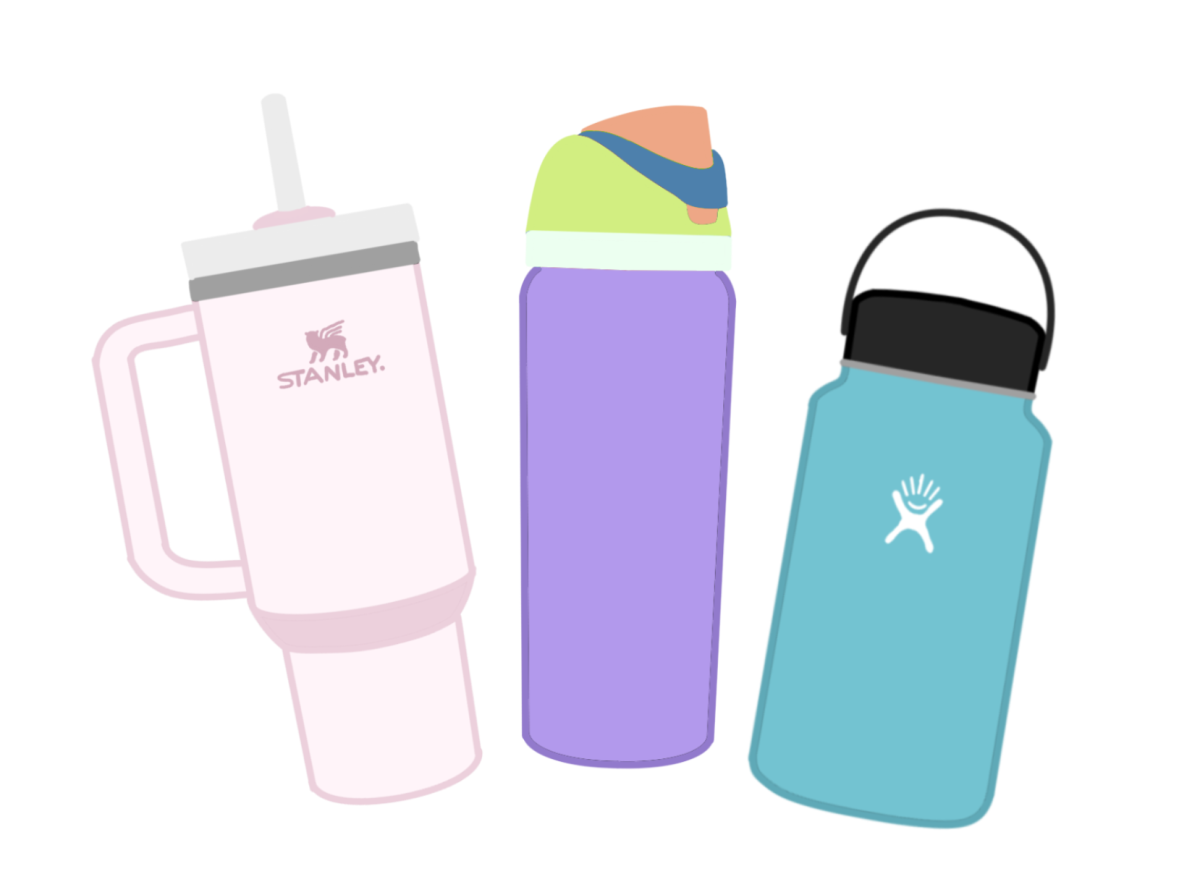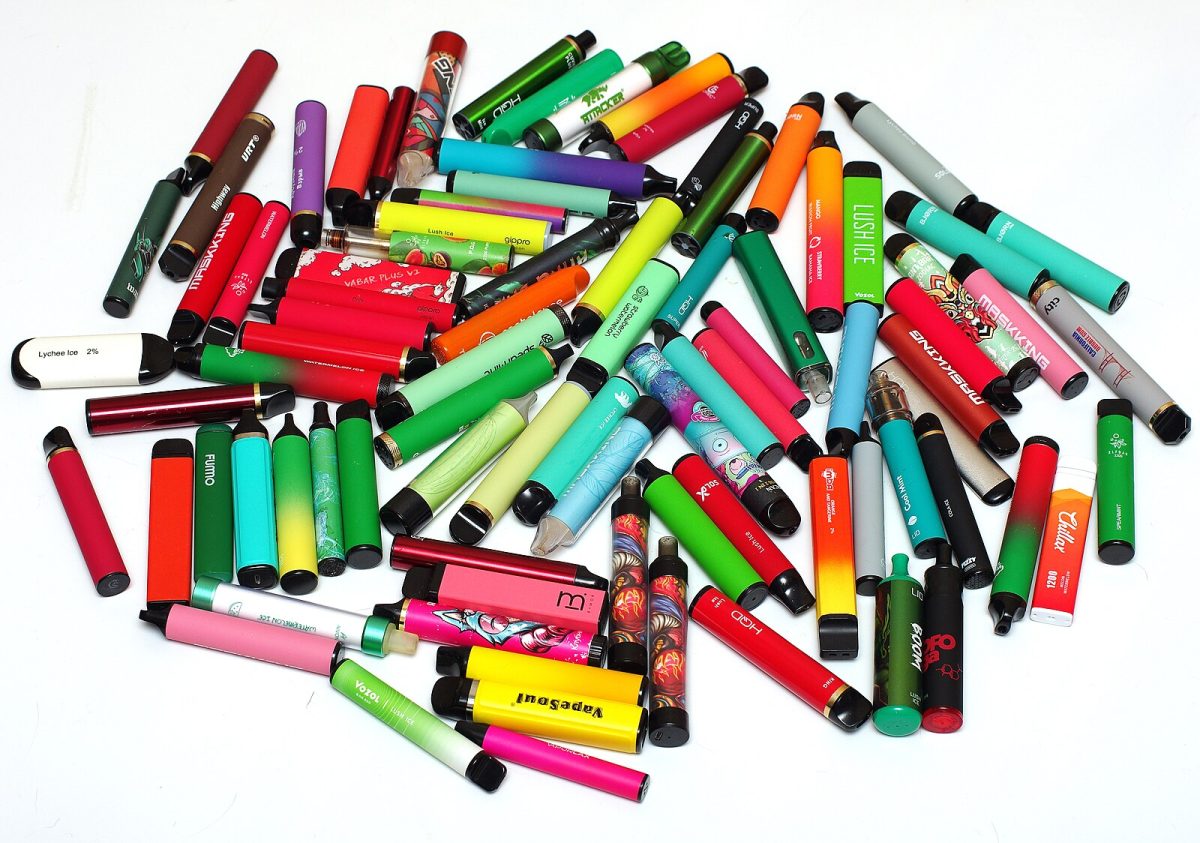Over recent years, water bottles have become everyday fashion accessories, and it all has to do with the growing concern of single use plastics. Stainless steel, glass and luxury-branded options have flooded the market, proving a sustainable and stylish alternative to plastic bottles.
However, the increasing use of these reusable water bottles raises the question of whether we are honestly reducing our environmental impact or only altering our consumption habits. Since it requires energy and raw resources to create glass or stainless steel bottles, the overconsumption of new, “trendy” water bottles is hazardous for the environment, as making glass or stainless steel bottles uses a lot of energy and raw materials.
In the United States, sales of reusable bottles increased from $1.5 billion in 2020 to $2 billion in 2022. In spite of this, the number of plastic bottles sold has also been increasing, and reached $11.3 billion in 2022
Countries in Europe are also experiencing a rise in demand for reusable water bottles, due to new strict government regulations against plastic water bottles. The government regulations are aimed at reducing plastic waste, and along with that comes a rise of consumers focusing on healthier lifestyles. Although their water bottle trends differ from those in the United States, consumption of water bottles is increasing around the world. This shows that there is a trend of negative use of water bottles around the world, and the negative effects continue. The problem of plastic water bottles ultimately hasn’t been solved by reusable ones because of these numbers.
Experts claim that making reusable water bottles might produce more emissions than making single-use ones, and it also takes a lot of energy and mining. Glass bottles are fragile and require a lot of energy to produce, despite their potential environmental benefits. Aluminum is lightweight, yet it consumes a lot of resources and sometimes entails carbon-emitting processes. Although reusable water bottles are more practical than single-use plastics due to the ability to use them periodically, it has been demonstrated that the overconsumption of these bottles due to consumer trends is harmful to the environment.
Water bottle brands such as HydroFlask, Stanley, Yeti and Owala have grown in popularity because of social media. Customers are also drawn to their new colors and different designs the companies come out with, some people collecting the same water bottle in different colors. There have been viral videos too, which create demand, such as a Stanley bottle surviving a car fire on TikTok.
The history of water bottle usage throughout time reflects shifts in cultural norms and consumer trends. What began as a practical tool for toughness and endurance, such as the Stanley Super Vac in the early 1900s, has become a stylish symbol. Reusable water bottles are being marketed with an emphasis on originality and beauty as a result of consumer competition for limited-edition designs. This transformation is not without consequences because the focus on collecting and refilling bottles raises questions about their true sustainability.
According to Carrie Frost, a nurse in Colorado, even having several reusable bottles, households may purchase plastic ones due to habit, or a lack of preparation. This draws attention to a more significant issue, which is how hard it is to change daily routines, attitudes and purchasing decisions. Reusable bottles may therefore lose some of their environmental advantages if they don’t totally replace single-use plastics.This instead emphasizes the need for greater awareness.
Ultimately, while reusable water bottles offer a solution to the single-use plastic crisis, they are not a guaranteed fix.Their production still carries a significant environmental footprint, and the obsession with new designs and models risks neutralizing their sustainability benefits.















